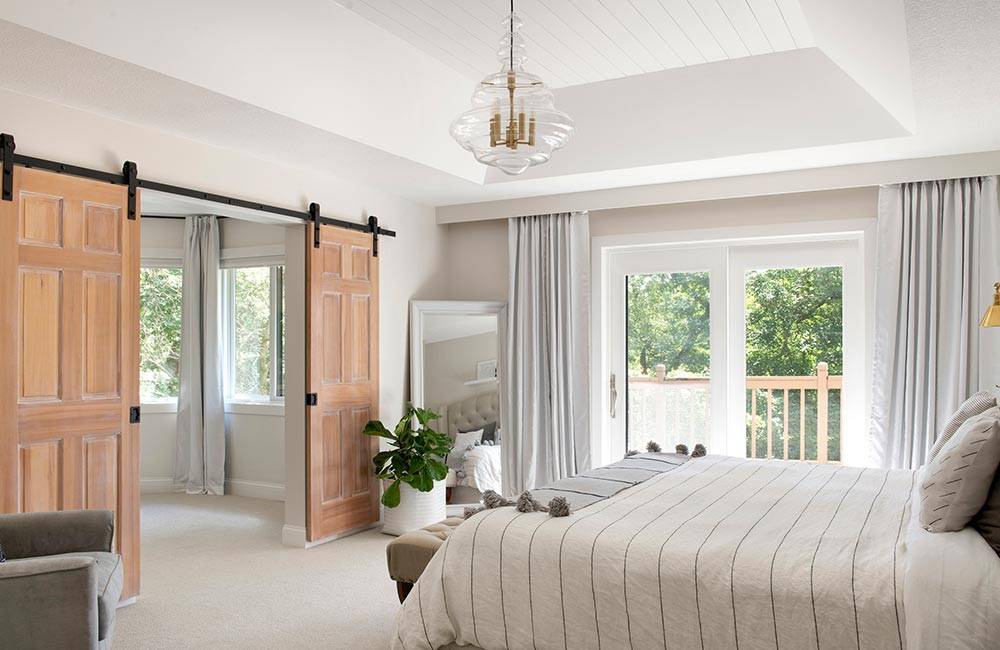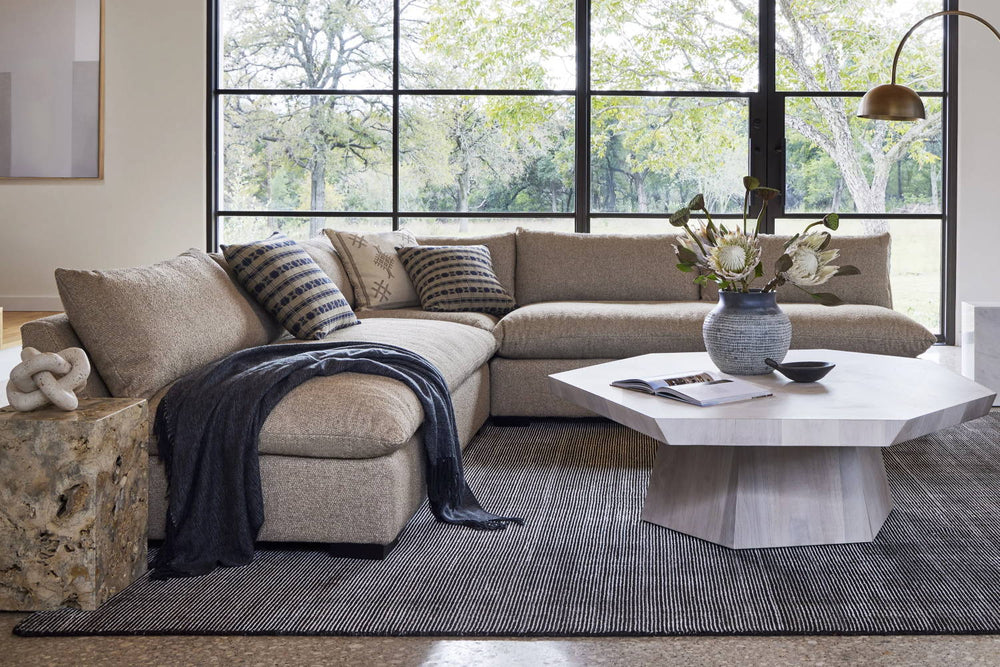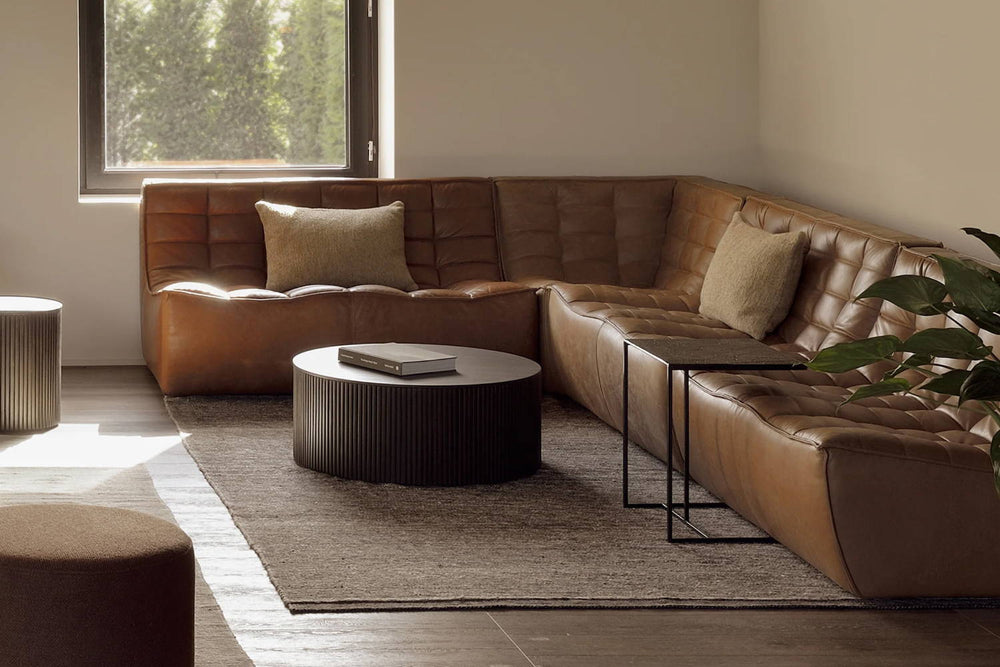Whether you're furnishing a new home or considering a makeover, one of the key elements to focus on is undoubtedly the dining table. The dining table is not just a functional piece of furniture; it's often the heart of family gatherings, friendly dinners, and memorable celebrations. But before you dive into choosing the perfect table for your space, it's essential to understand the standard dimensions that will ensure both comfort and style. In this guide, we'll uncover the optimal height for dining tables, discuss various styles that might suit your aesthetic preferences, and explore the importance of finding the right balance between form and function. Whether you're envisioning cozy family dinners or chic dinner parties, understanding the standard height of a dining table is the first step toward creating a welcoming and harmonious dining space.
Standard Dining Table Heights
- Standard dining room table heights typically range between 28 and 30 inches (71 to 76 centimeters). This measurement is considered optimal for most dining chairs, providing a comfortable space for people to sit and eat. The standard height ensures that diners can easily reach their plates and enjoy a meal without feeling cramped or uncomfortable
- It's important to note that the height of the table can vary depending on the style and design. For example, counter-height dining tables are slightly taller, usually ranging from 34 to 36 inches (86 to 91 centimeters). Bar-height tables are even taller, typically measuring around 40 to 42 inches (102 to 107 centimeters).
- Be sure to consider the style of your chairs and the overall aesthetic of your dining space. While maintaining the right height is crucial for comfort, the design of the chairs should also complement the table and the room's decor. Make sure there is at least 12 inches of space between the top of the chair seat and the bottom of the table to prevent diners from feeling cramped when seated.
- Ultimately, the goal is to strike a balance between comfort and aesthetics, ensuring that your dining room table enhances both the functionality and visual appeal of the space
Factors to Consider When Choosing a Dining Table
Choosing a dining table is a significant decision that can greatly influence the functionality and aesthetics of your dining space. Several factors should be considered to ensure that you select a table that meets your needs and complements your style. Here are key factors to consider when choosing a dining table:
- Space Available: Measure the available space in your dining area. Consider both the length and width of the room, as well as any other furniture or features that may affect the placement of the table
- Table Size: Determine the size of the table based on the number of people you intend to accommodate regularly. Allow enough space for each person to sit comfortably and move around the table
- Shape of the Table: Choose a table shape that complements the shape of your dining space. Common shapes include rectangular, square, round, and oval. Each shape has its own aesthetic appeal and practical considerations
- Dining Room Style: Consider the overall style of your dining room. Choose a table that harmonizes with the existing decor, whether it's modern, traditional, rustic, or eclectic
- Material and Finish: Select a material that suits your lifestyle and aesthetic preferences. Common options include wood, glass, metal, and composite materials. Consider the finish as well, as it can impact the overall look of the table
- Seating Style: Consider the style of seating you prefer. Whether it's traditional dining chairs, benches, or a combination, the type of seating can affect the overall look and feel of the dining area
- Extension Options: If you entertain guests frequently, consider a table with extension options. This allows you to adjust the table size based on the number of guests
- Versatility: Think about how versatile the table is for various uses. A table that can serve for both everyday meals and special occasions adds value to your investment
By carefully considering these factors, you can make an informed decision and choose a dining table that not only fits your practical needs but also enhances the overall ambiance of your dining area.
The height of a standard dining table plays a crucial role in shaping the overall dining experience and aesthetics of a space. As we've explored, the typical height for a dining table falls within a specific range to ensure comfort and functionality. Whether you opt for a traditional style, a modern design, or a custom creation, understanding these dimensions is key to achieving a harmonious balance between form and function in your dining area. Remember that personal preference, the size of your space, and the style of your chairs all contribute to the final decision on the height of your dining table. So, as you select the perfect dining table for your home, keep in mind not only the standard measurements but also the unique characteristics that will make your dining area a reflection of your taste and lifestyle.








